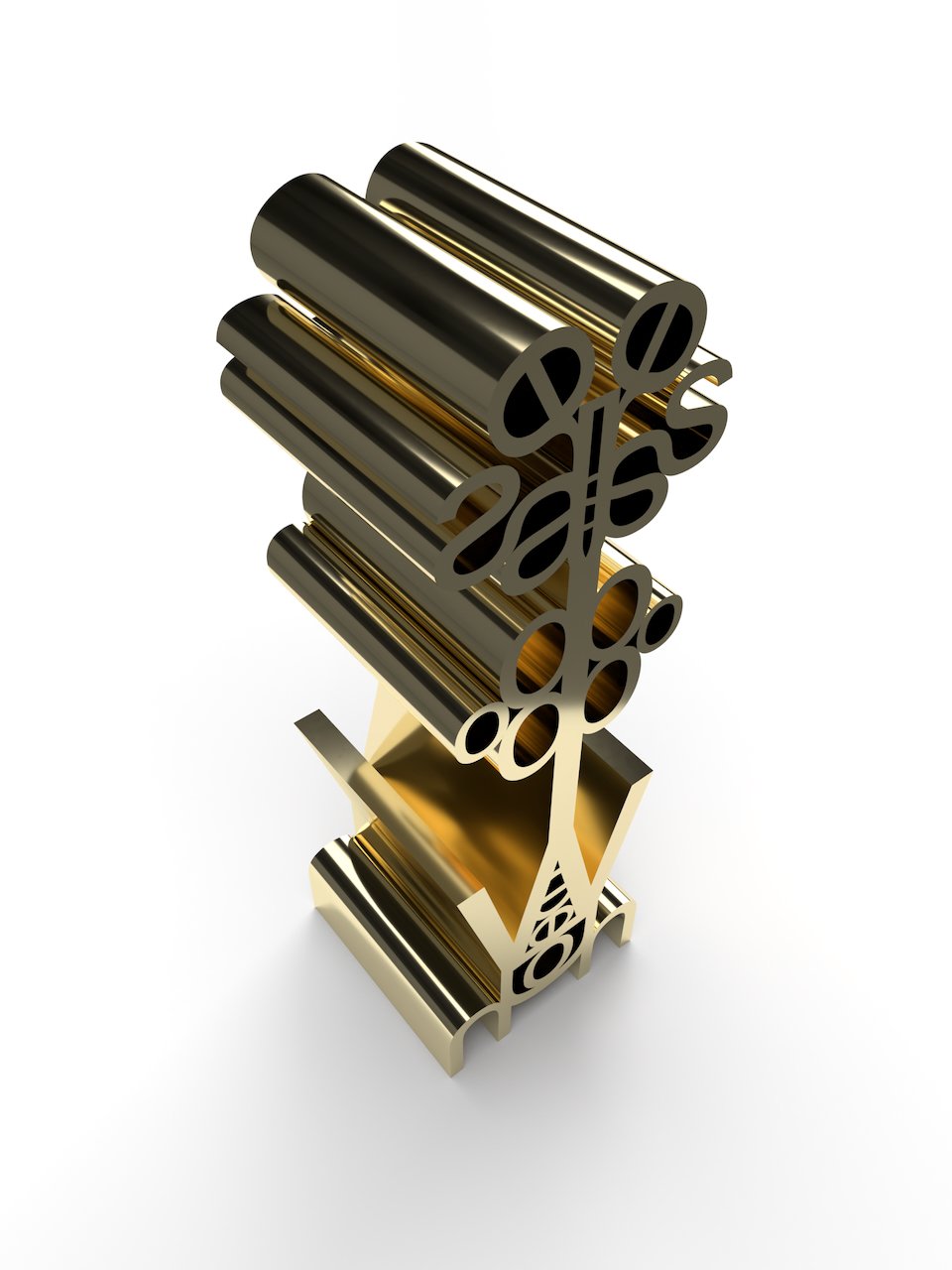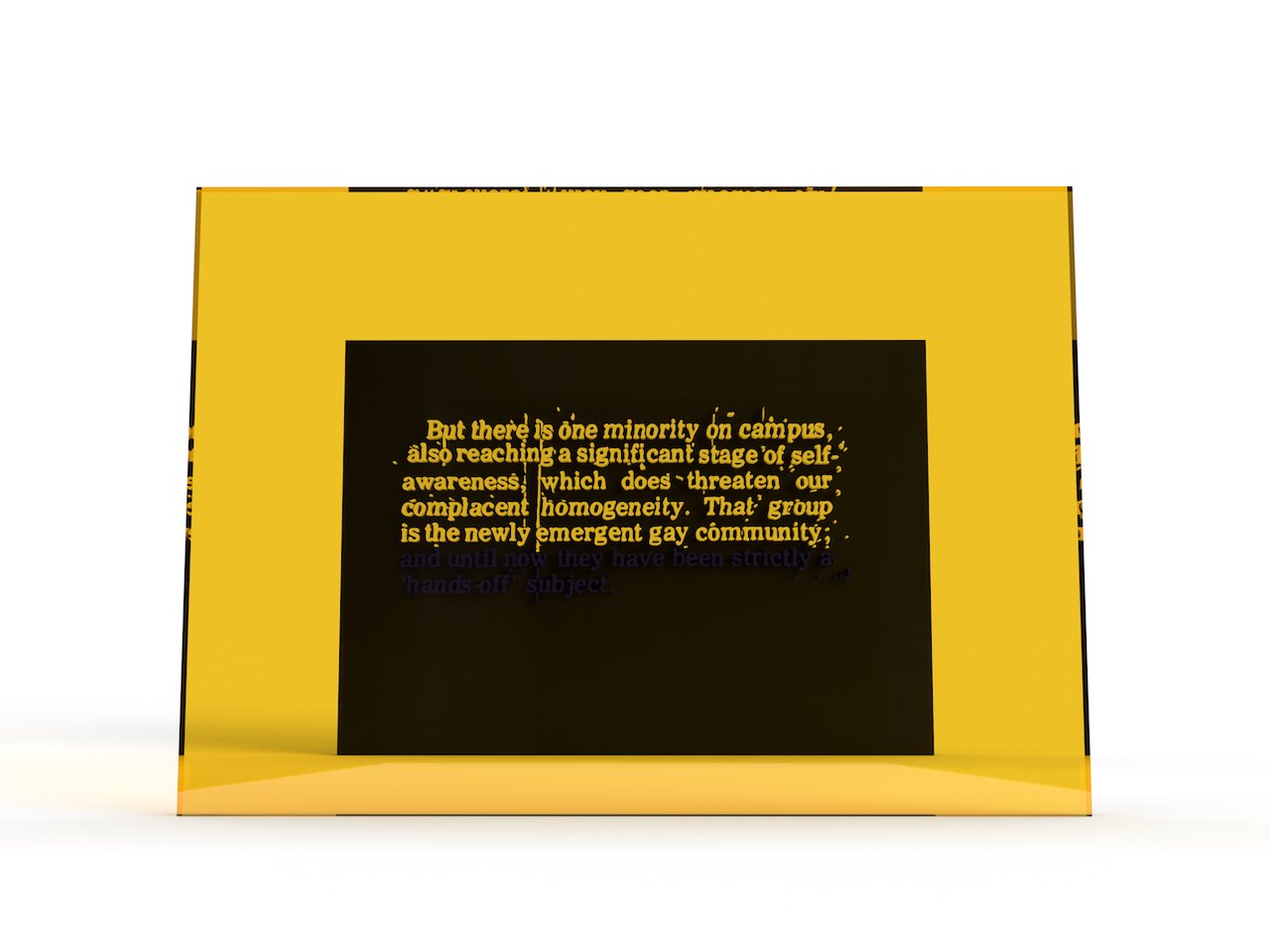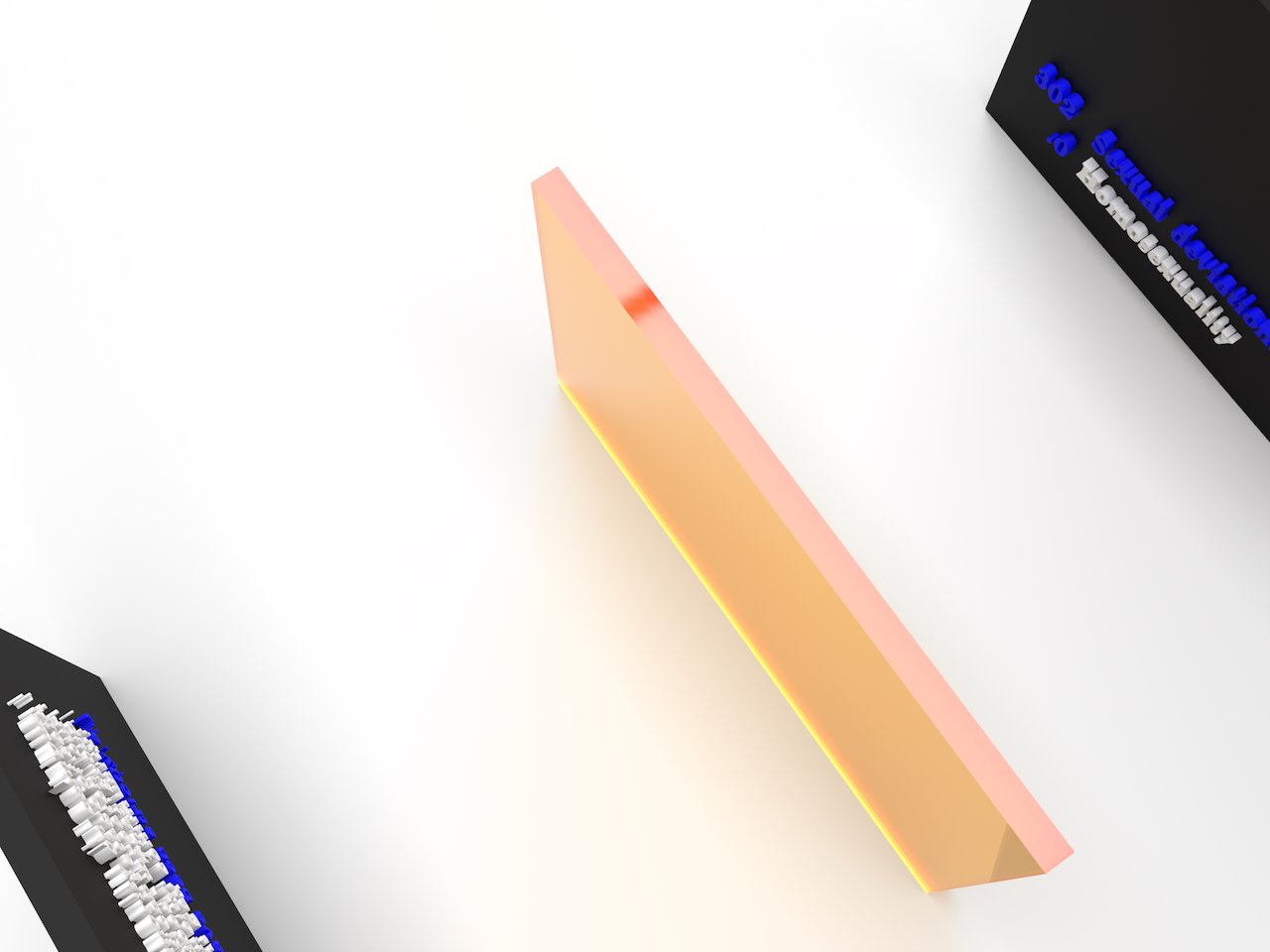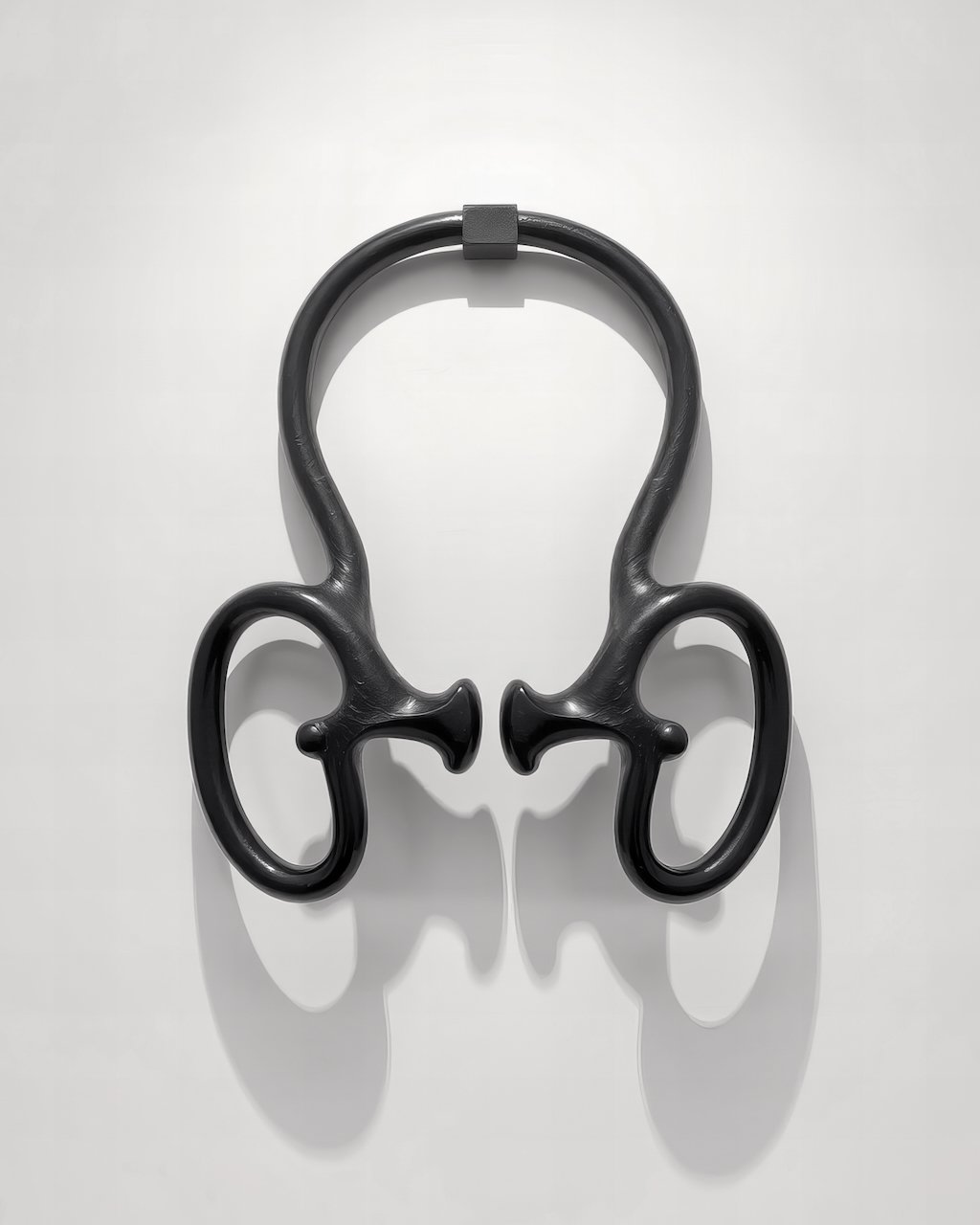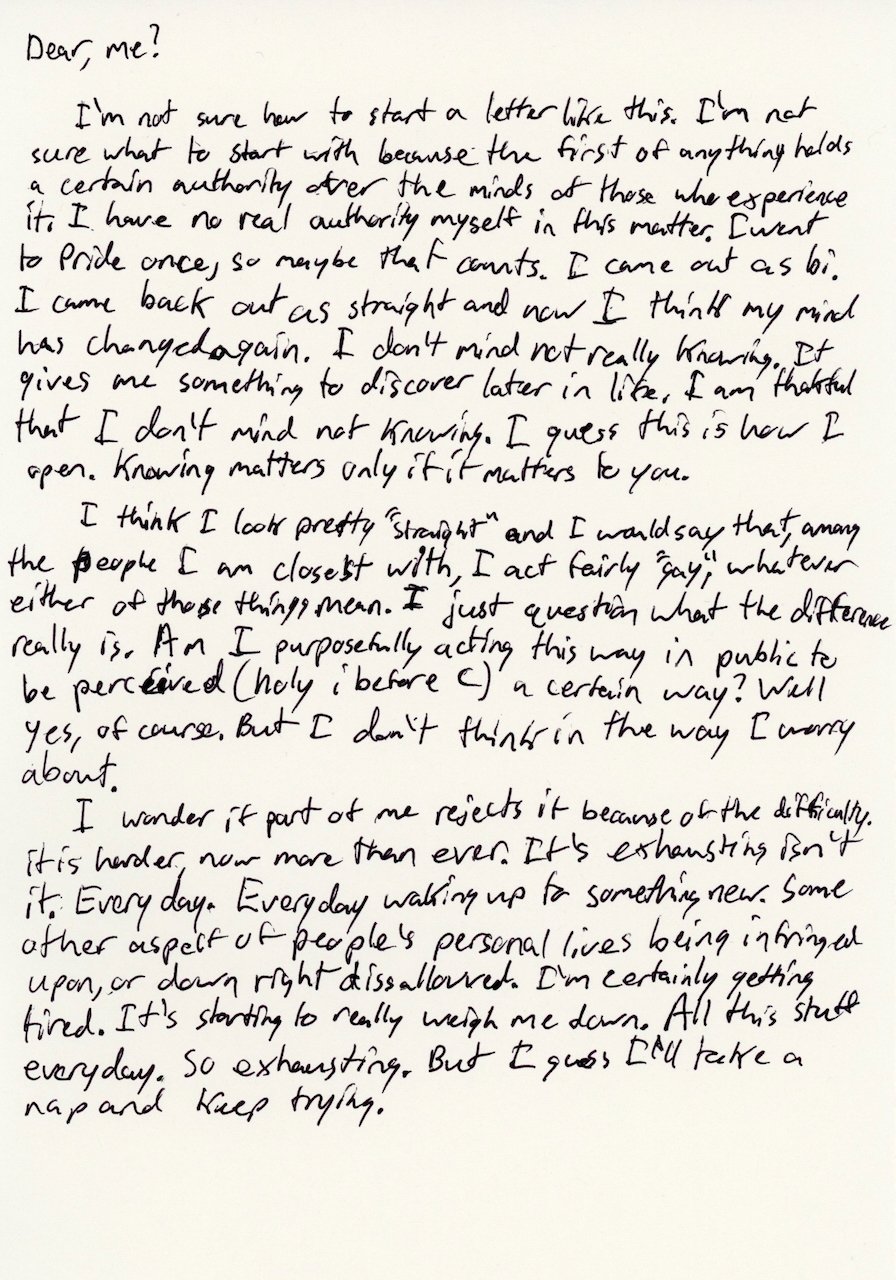make visible: north country
North Country, New York, US, ongoing.
Make Visible: North Country is a chapter of the overarching Make Visible project developed by Shannon Novak. It aims to grow support for queer communities in the North Country region in the state of New York, US, by making visible challenges and triumphs for these communities. This chapter manifests as work developed with local queer communities across multiple sites and is supported by the Richard F. Brush Art Gallery at St. Lawrence University.
“Working with artists, curators, scholars, and diverse and inclusive communities, both local and global, the Richard F. Brush Art Gallery is a teaching and learning environment that promotes creative expression, critical thinking, and dialogue across disciplines and cultures”.
To date the work includes:
Love’s Galaxy, St. Lawrence University, Canton, New York, US.
A Taste of Honey, St. Lawrence University, Canton, New York, US.
Dear North Country, St. Lawrence University, Canton, New York, US.
background
Queer communities experience disproportionally higher rates of anxiety, suicide, and depression than the general population in the US. Make Visible: New York aims to help reduce these rates for queer communities in the state of New York (and beyond) through increased visibility of and support for these communities. Some recent statistics include:
67% of queer youth experience symptoms of anxiety, 54% experience symptoms of depression, and 41% seriously considered attempting suicide (1).
Queer adults experience higher rates of anxiety and depression than non-queer adults (2).
More than 50% of queer older people experience discrimination in employment and/or housing (3).
Nearly 4 in 5 queer adults take at least one action to avoid experiencing discrimination (4).
More than 50% of trans and non-binary people experience discrimination (4).
50% of queer adults experience workplace discrimination or harassment (4).
More than 96% of students in K-12 schools were excluded from a school or classroom activity for having a queer parent or caregiver (5).
More than 70% of students in K-12 schools are verbally harassed for having a queer parent (5).
Sources:
2023 U.S. National Survey on the Mental Health of LGBTQ Young People, The Trevor Project, 2023.
Mental Health Struggles Higher Among LGBT Adults Than Non-LGBT Adults in All Age Groups, U.S. Census Bureau, 2022.
Facts on LGBTQ+ Aging, SAGE, 2021.
Discrimination and Barriers to Well-Being: The State of the LGBTQI+ Community in 2022, Center for American Progress (CAP), 2022.
Experiences of LGBTQ+ Students and Families in Our K-12 Schools, GLSEN, 2023.
1. love’s galaxy
St. Lawrence University, Canton, New York, US, 2023.
Love’s Galaxy is a series of works that acknowledge, illuminate, and celebrate new discoveries in the queer heritage of North Country, New York. The title is from a line in a poem published on 21 September, 1894, in the Plattsburgh Daily Press (a newspaper from the North Country). It was a poem titled The Lesbian Poets by C.A. Kelly (below). There is varying opinion on when the term "lesbian" took on its modern meaning, but it has been cited as far back as 1736 in The Toast, a heroic poem by William King. One key line in Kelly’s poem is “Sappho's rainbow robed Desire". Sappho, an ancient Greek poet from the island of Lesbos, was known as a symbol of lesbian love when the poem was written. What is most notable though, is the queering of the rainbow with “Sappho’s rainbow”. Research suggests the earliest known queering of the rainbow was in 1915 through the novel The Rainbow by D.H. Lawrence which features a lesbian relationship. Kelly’s poem precedes this by more than 20 years so it could be one of the earliest known examples of the rainbow being queered.
Source: Plattsburg Daily Press, 21 September, 1894, Clinton County, New York, US.
1.1 SAPPHO’S RAINBOW ROBED DESIRE
Sappho’s Rainbow Robed Desire is a series of works that acknowledge, illuminate, and celebrate the discovery of The Lesbian Poets by C.A. Kelly. The transcript of the poem is as follows:
THE LESBIAN POETS.
Erewhile they flashed Love’s galaxy among,
Strewn gems, soul shrined, scarce saved from
Time’s wan pyre
Of regal Sappho’s rainbow robed Desire
Where those impassioned warblers, vainly
strong,
Æolian art availed not to prolong?
The nightingales who knew Terpander’s lyre,
Who glowed with Aphrodite’s arduous fire,
Who throbbed responsive to Alcæs’ song?
Their splendor glimmers still o’er wave and
height,
Dream imaged in the veiled voluptuous air,
Though now no eager Eros exquisite
Gleams through the grove, ecstatically fair,
And quenched the Lesbians’ luminous delight,
Their amorous hope and eloquent despair.
- C. A. Kelly.
The first work, Sappho’s Rainbow Robed Desire I, explores Sappho’s voice through the recreation of a barbiton, the ancient stringed instrument Sappho holds in one of the earliest images of Sappho painted on the side of a vase by Brygos Painter c. 470 B.C. The work extends the two-dimensional text of the poem in the original newspaper into three-dimensional space, seven strings reflecting the seven colours of the rainbow. This form is then expanded, reconfigured, and tessellated into fictional queer artifacts.
The next work, Sappho’s Rainbow Robed Desire II adds motion and sound to one of the fictional queer artifacts produced in Sappho’s Rainbow Robed Desire I. The barbiton form is tessellated seven times into the seven colours of the rainbow, spinning like a globe on its axis. The colours change over time as seven different light filters (the same seven colours of each barbiton) are applied following the order red, orange, yellow, green, blue, indigo, and violet. The different filters absorb different wavelengths in the visible spectrum, erasing particular colours.
The sound component is an edited version of the audio recording I'm Going Back To My Used To Be, recorded in New York in 1923 with vocalists Bessie Smith and Clara Smith. Bessie and Clara were not related but both have been described as leading queer figures in blues. This audio recording could then be one of the earliest recorded queer duets. Bessie and Clara were born the same year in 1894, which is the year The Lesbian Poets by C.A. Kelly appeared in the Plattsburgh Daily Press. Specific sound frequencies have been removed from the original track to uplift and centre the vocals, similar to the process of colour absorption that occurs in the accompanying visuals.
Audio source: I’m Going Back To My Used To Be, Smith, B., Cox, J., Henderson, F., Smith, C. & Cox, J., 1923, Library of Congress, Washington, DC, US.
The next work, Sappho’s Rainbow Robed Desire III, presents another fictional queer artifact. It is a three-dimensional object made from the 26 characters in Kelly’s line: “Sappho’s rainbow robed Desire”.
The final work, Sappho’s Rainbow Robed Desire IV, adds colour and movement to the transcript of Kelly’s poem.
1.2 ASTERISMS
Asterisms is a series of works that consider challenges and opportunities raised in using AI to generate queer heritage and its future possibilities. The works show same sex intimacy in front of campus buildings at St. Lawrence University from the late 1800's to the 1920’s. They appear to be documentation of LGBTQI+ life from the distant past in Canton and were co-developed with artificial intelligence (AI). Novak obtained heritage photos from the St. Lawrence University Owen D. Young Library and asked AI to add same sex couples being intimate to each photo. These images were further edited by Novak in a separate image editing program. Each image is given a title using a coding system that links it directly to Novak’s project Velebit. This also helps to identify that the work uses AI.
Image sources (in order of appearance):
Early Campus From Park Street, Unknown Photographer, c. 1880, Special Collections, Owen D. Young Library, St. Lawrence University, Canton, New York, US.
Campus From the Back of Richardson, Unknown Photographer, c. 1900, Special Collections, Owen D. Young Library, St. Lawrence University, Canton, New York, US.
The Campus, Peck, H.N., c. 1913, Special Collections, Owen D. Young Library, St. Lawrence University, Canton, New York, US.
"Long Walk" From Behind Hepburn, General Electric Co., 1929, Special Collections, Owen D. Young Library, St. Lawrence University, Canton, New York, US.
1.3 THROUGH GOLDEN EYES
On October 24, 1969 (the year of Stonewall), the UCA Film Committee at St. Lawrence University screened the film Reflections in a Golden Eye. It was about the adventures of an army major and his wife and the repression of homosexuality was one theme in the film. One review in Hill News (St. Lawrence University’s student newspaper since 1911 now called The Hill News) stated "we discover that the Major is a latent homosexual attracted to a virginal enlisted man. Unfortunately for the Major, the solider would rather spend his days sunbathing in the woods or riding horses in the nude". The original release of the film used a gold filter over all scenes that almost rendered it monochromatic, however, particular reds and greens were still visible.
Through Golden Eyes I is an edited image of St. Lawrence University taken in 1972 not long after the screening of Reflections in a Golden Eye on campus. Same-sex sexual activity between consenting adults was illegal in New York at this time, and homosexuality was still classified as a mental illness, so queer repression was prevalent. This is embodied through the application of a golden hue and subsequent desaturation of colour to the original colour photo obtained from the St. Lawrence University Owen D. Young Library.
Image source: 1970’s Aerial of Complete Campus, D.P. Church, 1972, Special Collections, Owen D. Young Library, St. Lawrence University, Canton, New York, US.
There was however, a light emerging just around the corner. The following year in 1973, the Hill News published an article titled “Coming Out at St. Lawrence: Mentioning the Unmentionable” which signalled a positive change in attitudes to queer communities. Through Golden Eyes II is a hypothetical sculpture made of two walls. One is black with three-dimensional text installed on one face. The other is a wall of golden yellow transparent glass. The text on the black wall is a key paragraph direct from the article in Hill News that includes all the imperfections (dust and crease marks) from the original scans. When the viewer looks at the work through the golden yellow glass, the blue text disappears, similarly to the method of colour desaturation used in the film Reflections in a Golden Eye. This transforms the paragraph into something that reads more positively, so flips the use of a gold hue to embody homosexual repression (as in Through Golden Eyes I), to instead embody queer liberation.
1973 was also the year the trustees of the American Psychiatric Association (APA) voted to declassify homosexuality as a mental disorder. Homosexuality was listed in the DSM-II: Diagnostic and Statistical Manual of Mental Disorders (Second Edition) under the heading “Sexual deviations”, its code being 302.0, and this was changed in a reprint. Through Golden Eyes III takes the same approach as Through Golden Eyes II, but incorporates the original classification as it appeared in the DSM-II prior to declassification. The golden yellow glass liberates the text by removing the classification name and codes.
The final work, Through Golden Eyes IV, merges the timelines in Through Golden Eyes I, Through Golden Eyes II, and Through Golden Eyes III into a hypothetical sculpture that acknowledges and celebrates 1972 - 1973 as an important juncture in queer heritage for North Country (and beyond). It was a significant moment in time that signalled a new era of queer liberation.
2. A Taste of Honey
St. Lawrence University, Canton, New York, US, 2024.
In May 1966, two separate productions of the play “A Taste of Honey” by Shelagh Delaney were staged at the Noble Center auditorium in St. Lawrence University. The play included a gay character (Geoffrey), making it one of the earliest documented examples of queering space at the university. It was notable for being performed during a time same-sexsexual activity between consenting adults was illegal in New York, and homosexuality was still classified as a mental illness in the US. Taking its title directly from the play, A Taste of Honey is a body of work that acknowledges, explores, and expands the momentum of queer energy from this moment in history.
A Taste of Honey was developed, curated, and scheduled by the international queer art collective Hawkfish (which Novak is a member of) for St. Lawrence University. It is a series of digital interventions that allow Hawkfish to bypass formal systems and queer space on their own terms. The campus gallery becomes a rip in space and time that allows queer matter to flow in from an unknown queer realm, matter that actively seeks to puncture order, control, and heteronormativity. Rose pink tentacles burst through the floors and walls, unabashedly disrupting architectonics, crystallising the air into seductive raw minerals. Smooth, shaped, totemic, metals and plastics form artifacts that expand the lexicology of the queer body and its often-troubled relationship with the world around it. Indoor grass is planted and left to indefinitely grow in any direction it pleases beyond physical and political boundaries. The gallery becomes a flicker of Fuchsian light, a garden before Eden, a taste of honey.
Full documentation of this work can be found here.
3. dear north country
St. Lawrence University, Canton, New York, US, 2025.
The Richard F. Brush Art Gallery and the English department hosted “Dear North Country”, an in-person letter-writing event in the Noble Center Ireland Lounge. Prompts for letter writing included: what do you wish your friends and neighbours to know about what it is like to be queer at St. Lawrence University and/or in the North Country? What have been some of your highs and lows as a queer person growing up and/or living here? How is being queer in the North Country similar to or different from your place of origin? People could also write letters online by filling out a survey form, and the option to write a letter anonymously, either in person or online, was also available. Letters were archived in St. Lawrence University’s Archives and housed in the Library’s Special Collections.
The following are a selection of letters submitted during the event, permission given by their authors to publish these online.



















